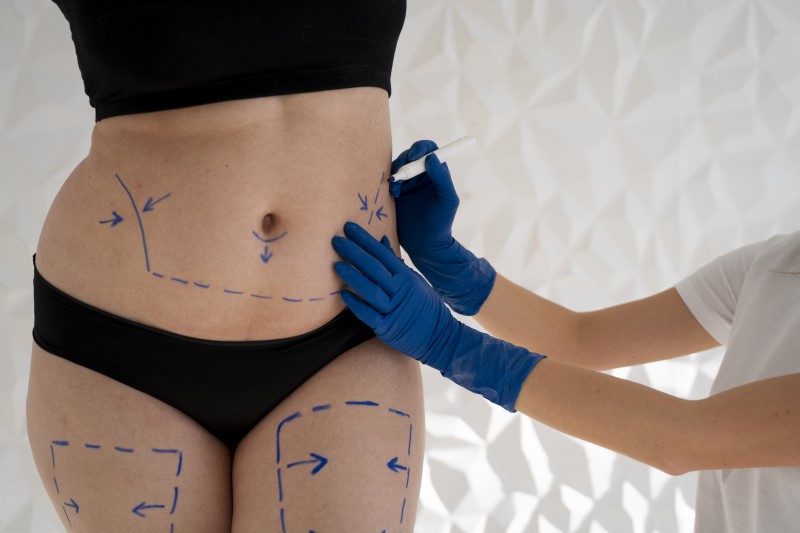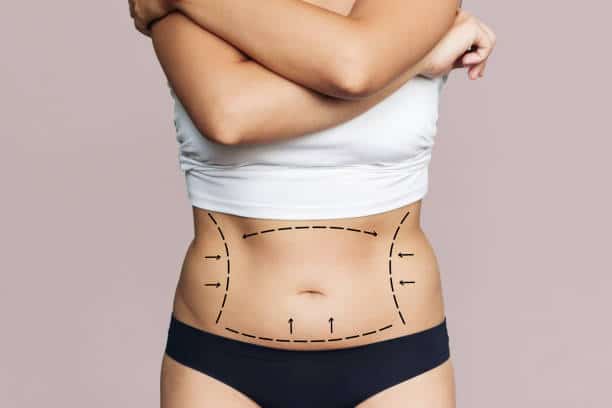Laser liposuction is a modern cosmetic procedure designed to remove stubborn fat deposits while tightening the skin for a smoother contour. It is particularly popular for targeting areas like the thighs, where diet and exercise often fail to deliver desired results. For those considering Laser liposuction in Dubai understanding the process can help set realistic expectations and ensure informed decision-making.
This article provides a detailed, step-by-step explanation of how laser liposuction is performed on the thighs, covering everything from preparation to recovery.
What is Laser Liposuction?
Laser liposuction, also known as laser-assisted lipolysis, is a minimally invasive fat removal technique. Unlike traditional liposuction, which relies on physical suction, this method uses laser energy to liquefy fat cells before extraction. The added benefit of skin tightening makes it a preferred choice for thigh contouring.
How It Differs from Traditional Liposuction?
Traditional liposuction involves manual fat removal using a cannula, which can sometimes lead to uneven results or loose skin. Laser liposuction, on the other hand, melts fat before removal, allowing for more precise sculpting. The heat from the laser also stimulates collagen production, leading to firmer skin post-procedure.

Step-by-Step Procedure for Thigh Laser Liposuction
Step 1: Consultation and Assessment
Before the procedure, a thorough consultation is conducted to evaluate the patient’s suitability. Factors such as skin elasticity, fat distribution, and overall health are assessed. The surgeon will also discuss expectations and explain the process in detail.
Step 2: Preparing for the Procedure
On the day of the treatment, the patient is prepped for surgery. The thighs are marked to identify target areas, and local anesthesia or sedation is administered for comfort. Unlike general anesthesia, this approach reduces risks and speeds up recovery.
Step 3: Laser Energy Application
A small incision is made in the treatment area, and a thin laser fiber is inserted beneath the skin. The laser emits controlled energy to break down fat cells while preserving surrounding tissues. Patients may feel a warm sensation, but discomfort is minimal.
Step 4: Fat Removal
Once the fat is liquefied, a small cannula is used to gently suction it out. The precision of laser liposuction allows for smoother, more natural-looking results compared to traditional methods.
Step 5: Skin Tightening
The heat from the laser stimulates collagen production, which helps the skin retract over the newly contoured area. This step is crucial for avoiding sagging, especially in the thighs where skin laxity can be a concern.
Step 6: Closing the Incisions
The tiny incisions are closed with sutures, and a compression garment is applied to minimize swelling and support the healing process.
Recovery and Aftercare
Immediate Post-Procedure Care
Patients can typically go home the same day, though they may experience mild swelling and bruising. Wearing the compression garment as instructed is essential to maintain results and reduce fluid retention.
Short-Term Recovery
Most individuals resume light activities within a few days, but strenuous exercise should be avoided for at least two weeks. Follow-up appointments ensure proper healing and address any concerns.
Long-Term Results
Final results become visible after a few months as swelling subsides and the skin fully tightens. Maintaining a stable weight through a balanced diet and regular exercise helps prolong the effects.
Benefits of Laser Liposuction for Thighs
Precision and Contouring
The laser’s ability to target specific fat deposits allows for enhanced shaping, making it ideal for inner and outer thigh sculpting.
Minimally Invasive with Less Downtime
Smaller incisions and reduced trauma to tissues mean quicker recovery compared to traditional liposuction.
Skin Tightening Effect
Unlike other fat removal methods, laser liposuction promotes collagen growth, preventing loose or sagging skin—a common concern with thigh procedures.
Potential Risks and Considerations
While laser liposuction is generally safe, potential risks include temporary numbness, minor swelling, or uneven contours. Choosing an experienced surgeon minimizes complications.
Who Is an Ideal Candidate?
Good candidates are those near their ideal weight with localized thigh fat resistant to diet and exercise. Realistic expectations and healthy skin elasticity contribute to optimal outcomes.
Conclusion
Laser liposuction offers an effective solution for achieving slimmer, well-contoured thighs with the added benefit of skin tightening. By understanding the procedure, recovery process, and expected results, individuals can make confident decisions about their body contouring journey.






Comments